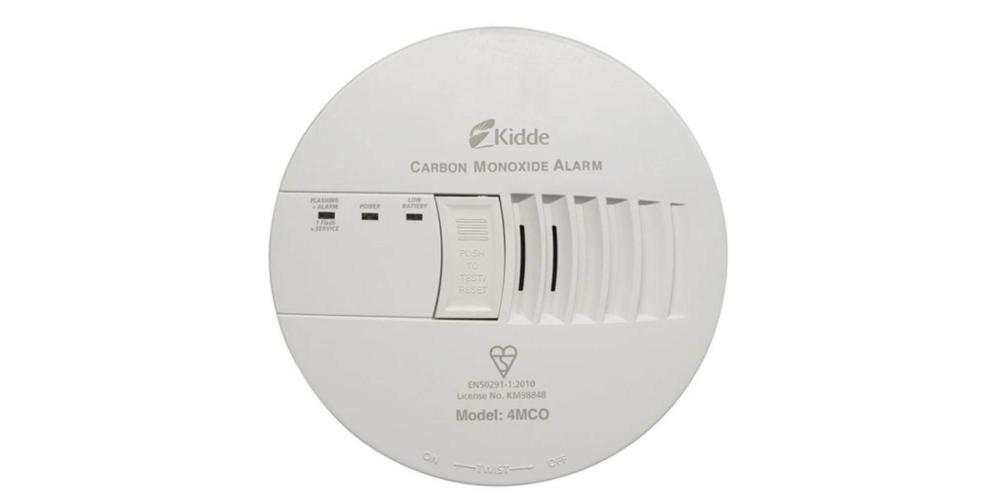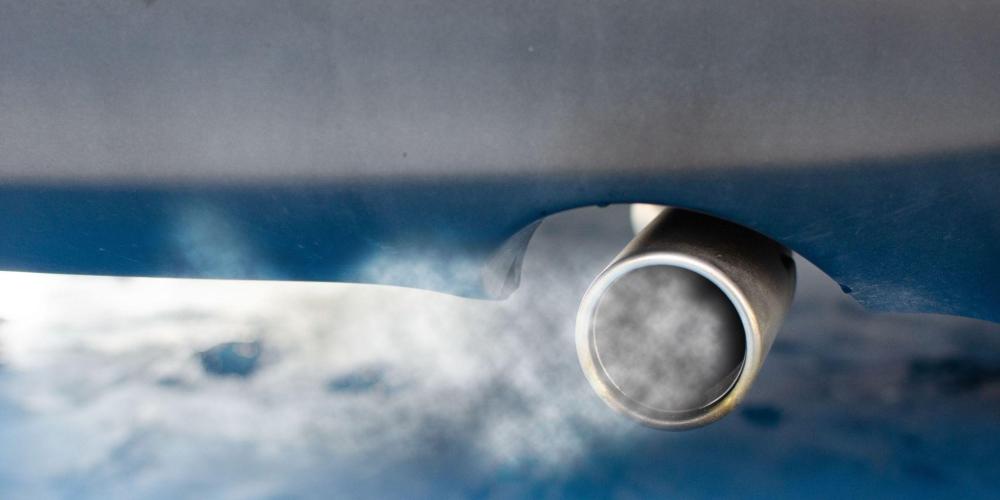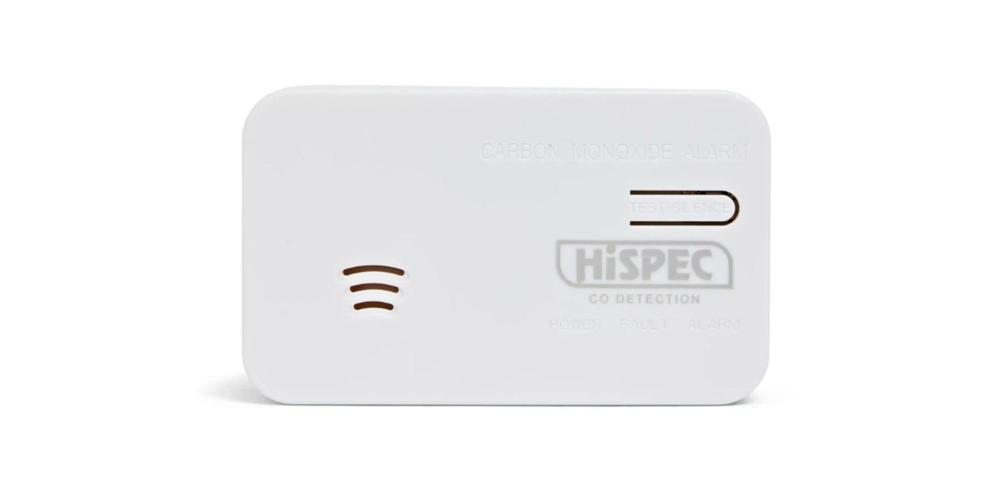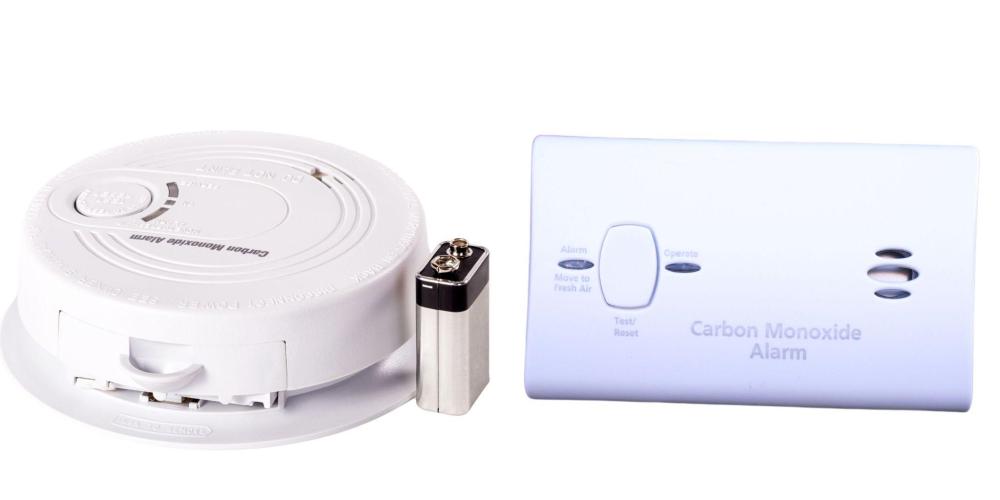The Silent Killer: Why Every UK Home Needs a Carbon Monoxide Alarm in 2025
The Silent Killer: Why Every UK Home Needs a Carbon Monoxide Alarm in 2025

Most UK households understand the importance of smoke alarms—over 90% of homes are fitted with them, according to the UK Government's Fire Kills campaign. But carbon monoxide (CO) alarms are another story. Shockingly, more than 70% of UK homes still do not have a carbon monoxide alarm installed.
This is a major concern. Carbon monoxide is known as the “silent killer” for a reason: it's invisible, odourless, and tasteless, making it nearly impossible to detect without an alarm. Exposure can lead to serious health complications or even death, particularly when leaks go unnoticed.
The good news? Installing a carbon monoxide alarm is quick, affordable, and could literally save your life. In this blog, we’ll break down why these alarms are essential, where to install them, and how to choose the right one for your home or rental property.
Credit: CBC News
What Is Carbon Monoxide and Why Is It So Dangerous?

Carbon monoxide is a toxic by-product of incomplete combustion, meaning it’s released whenever fuel such as gas, coal, wood, or oil doesn't burn properly. Common household sources include:
- Gas boilers
- Wood-burning stoves
- Open fires
- Gas cookers and heaters
- Paraffin heaters
The danger lies in its stealth: even a small leak can cause symptoms like headaches, dizziness, nausea, and in extreme cases, unconsciousness or death. The NHS treats over 4,000 cases of carbon monoxide poisoning each year in the UK, many of which are avoidable.
Credit: Medical Centric
How Does Carbon Monoxide Leak Into the Home?
Leaks often occur when:
- Appliances are poorly maintained or installed incorrectly
- Flues or chimneys become blocked
- Rooms are poorly ventilated
- Cracks develop in heating systems
Even with regular servicing, problems can develop between inspections. That’s why fitting a carbon monoxide detector is such a vital layer of protection.
Where Should You Install a Carbon Monoxide Alarm?

Ideally, you should install a carbon monoxide alarm in every room with a fuel-burning appliance. If that’s not feasible, prioritise rooms like:
- Kitchens with gas cookers
- Living rooms with open fires or stoves
- Boiler rooms or airing cupboards
Install the alarm on the ceiling, about 1–3 metres from the appliance, as CO gas initially rises with the heat before dispersing. Avoid placing it behind furniture or near windows and vents.
Mains vs Battery: Which Carbon Monoxide Alarm Is Best?

When choosing an alarm, the mains-powered carbon monoxide detectors with battery backup are considered the most reliable. Battery-only models are effective but risk being forgotten once the battery runs out.
For additional safety, you can install interlinked smoke and carbon monoxide alarms, so that if one is triggered, they all sound. This is especially useful in larger homes where you may not hear an alarm from another room.
Legal Requirements in the UK (2025 Update)
As of 2025, the UK Government requires all private and social landlords in England and Wales to install carbon monoxide alarms in any room with a solid fuel-burning appliance. Scotland has even stricter rules, mandating both smoke and CO alarms in every home, regardless of tenure.
Whether you're a homeowner or a landlord, staying compliant isn't just a legal obligation—it's a matter of safety.
Final Thoughts: Stay Safe, Stay Ahead with Meteor Electrical
Carbon monoxide poisoning is silent but deadly—and entirely preventable. For the cost of a takeaway, you can install a detector that gives you peace of mind 24/7. Don’t wait for a near miss to act.
At Meteor Electrical, we stock a wide range of certified carbon monoxide alarms, including top-rated mains-powered and interlinked models. Whether you’re a landlord upgrading your rental property or a homeowner securing your space, we have the reliable safety solutions you need—with fast UK delivery and expert support.
Frequently Asked Questions (FAQs)
1. What are the symptoms of carbon monoxide poisoning?
Early signs include headache, dizziness, nausea, breathlessness, and confusion. Long-term exposure can be fatal.
2. Do I need a carbon monoxide alarm if I only have electric appliances?
No. CO is only produced by fuel-burning appliances like gas, wood, oil, or coal.
3. Where should carbon monoxide alarms be placed?
Install them on ceilings, 1–3 metres away from fuel-burning appliances. Avoid corners or blocked areas.
4. How often should I test my carbon monoxide alarm?
Test it once a month using the test button, and replace batteries annually if not hard-wired.
5. Are carbon monoxide alarms legally required in the UK?
Yes, for landlords and in properties with fuel-burning appliances. Regulations vary by region, with Scotland being the most strict.

